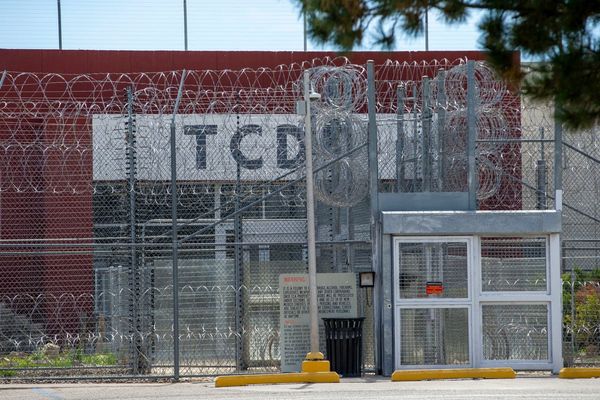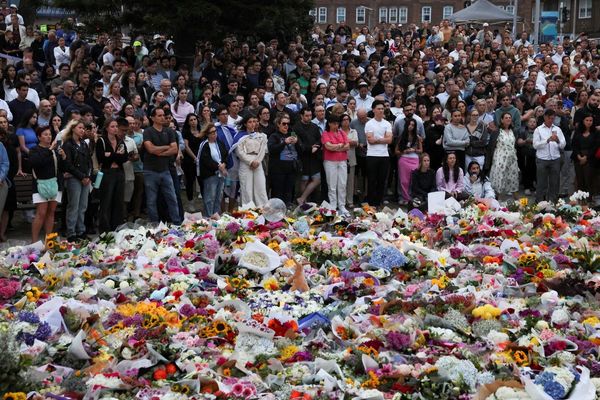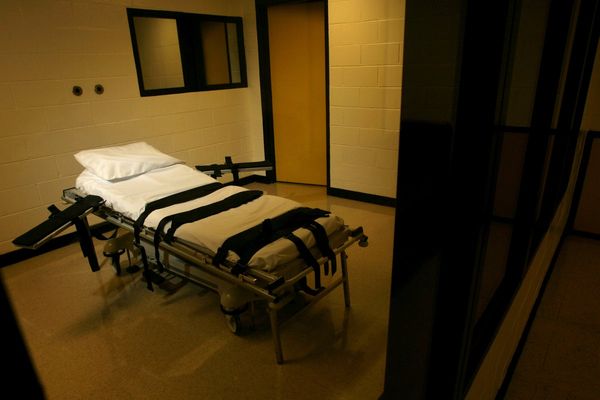
Israel and Hamas have agreed to an initial phase of the Gaza plan proposed last week by the US president, Donald Trump. Much remains uncertain but this could be the biggest step yet towards a durable end to the two-year war.
What has happened?
An agreement was made between the two sides after indirect talks this week in Egypt and announced by Trump on his Truth Social platform. The deal, signed by both sides on Thursday, was ratified by the security cabinet of the Israeli prime minister, Benjamin Netanyahu, and the country’s coalition government on Thursday evening. Israel has said it will pause hostilities “within 24 hours” of the security cabinet meeting and that after that period, the hostages held by Hamas – of whom about 20 are thought to be alive – will be freed within a further 72 hours. The remains of the other hostages will follow. Around 2,000 Palestinian prisoners are to be freed from Israeli jails, including 250 serving long sentences for serious security offences. Israeli troops will pull back to new positions and there is expected to be an increase of desperately needed aid.
Why now?
A combination of factors have come together to tip the balance.
Israel’s wars have been repeatedly ended when US leaders step in forcefully. Already isolated internationally and under growing pressure at home, Netanyahu appears to have calculated that he cannot risk the support of his country’s staunchest and most powerful ally by refusing to halt the relentless offensive.
He also probably judged that he could ride out opposition to any deal from far-right members of his coalition government, especially if the terms of any deal favour Israel, as appears to be the case at the moment.
At the same time, Hamas has been unable to inflict significant losses on Israel’s forces in Gaza or effectively slow their advance. The militant Islamist organisation is under pressure from Qatar, Egypt and Turkey to make concessions, and its future would look perilous without some degree of support from, or at least understanding among, these regional powers.
Hamas leaders, who are mostly living outside Gaza, seem to have been at least partially convinced by the argument that the hostages they are holding have become a liability, merely offering Israel a reason to continue the conflict. After all, they can claim that survival is a victory.
But is this just an initial step?
Yes, and probably the easiest one.
It is still unclear exactly how much ground Israeli forces are going to give up – Israeli media are talking about them holding on to more than half of Gaza for now – and what the timetable for even a partial withdrawal could be.
It is also unclear if Hamas will disarm, and in what way, and this is likely to be highly problematic. It seems unlikely that Hamas and its militants in Gaza will accept an amnesty or go into exile, as Trump’s 20-point plan specifies.
Then there are other questions to be resolved – the exact form of the governance in Gaza after the war’s definitive end, the devastated territory’s potential reconstruction, who could provide troops for an international “stabilisation” force, and much else. All this is yet to be fully negotiated and or even explicitly agreed in principle.
So war could start again?
There are several potential pathways that could lead to renewed conflict, but it seems unlikely there will be a rapid return to hostilities. More likely, we would see the fragile ceasefire hold for weeks, even months, as negotiations on further phases falter, and then the war restart when either side decides they can gain some advantage through further fighting.
More optimistically, what is happening now feels very different from previous ceasefires in November 2023 and January 2025, and both Hamas and Netanyahu seem to believe they can get more from a deal than continuing the conflict. This is crucial, and gives some cause for hope.
Regional powers will have to remain engaged, international leaders will have to take risks to push both parties to do things they do not want to do, Hamas must remain convinced that further violence will not serve its cause – or the wider cause of all Palestinians – and the campaigning for an imminent election in Israel must reinforce rather than undermine any deal.
Perhaps above all, Trump must continue to be interested in securing longer-term peace in Gaza and even a new broader Middle Eastern diplomatic reset. All are big “ifs”, but, almost exactly two years after the deadly October 2023 Hamas raid that triggered the war and the relentless Israeli offensive that reduced Gaza to a bloody ruin, this conflict may now be nearing an end.







